The brilliant FX series “Say Nothing” debuted Nov. 14 and depicts the harrowing true events that occurred during The Troubles in Northern Ireland, proving itself to be a monumental addition to the historical nonfiction genre.
It’s 1971, the height of The Troubles, a three-decade-long conflict between Protestant loyalists and Catholic nationalists, when sisters Dolours and Marian Price join the Irish Republican Army, becoming the first full-time female members of the provisional military group.
The IRA was a paramilitary group that fought for an independent Ireland, to end British rule and occupation in Northern Ireland. The IRA fought the British military forces, the Ulster Defense Regiment and the Royal Ulster Constabulary to try and gain independence from the United Kingdom. Over the course of the three decades, over 3,500 people were killed, many of whom were civilians, and nearly 48,000 were injured.
This series, based on the book by Patrick Radden Keefe “Say Nothing: A True Story of Murder and Memory in Northern Ireland,” follows the Price sisters through their experiences with bombings, imprisonment and trauma.
The story is told through personal accounts from an older Dolours, played by Maxine Peake, and an older Brendan Hughes, a prominent IRA commander, played by Tom Vaughan-Lawlor, as they tell their stories in Boston College’s “The Belfast Project.” The series dances between their personal accounts and flashbacks of the stories they are telling.
Viewers see the Price sisters’ lives as they grow up in an IRA household and their journey to becoming members themselves. Lola Petticrew plays the younger Dolours, a confident and opinionated young woman ready to fight for her beliefs; and Hazel Doupe plays a younger Marian, the quieter sister of the two, who wows viewers as the show goes on, proving that she is more than just the soft-spoken younger sister.
Both Petticrew and Doupe take Dolours and Marian’s real stories and inject them with a new life. Their performances felt raw and organic, there was never a moment where it felt like a TV show, but rather a documentary with the actual people who were going through these experiences.
Petticrew especially shined in episode six of the series, where we see Dolours and Marian navigating the horrors that came with them being trapped in a men’s prison in England. This emotionally turbulent episode was a hard watch, and rightfully so. Every emotion that demanded to be felt in this episode was prevalent, and Pettricrew brought viewers on the emotional rollercoaster that their character was on.
While we watch Dolours and Marian’s stories unfold, viewers also see a younger Hughes, portrayed by Anthony Boyle on the frontlines of the conflict while his close friend, IRA leader Gerry Adams, portrayed by Josh Finan, was a behind-the-scenes orchestrator.
Boyle, along with Pettricrew, is a Belfast native and his performance felt incredibly authentic. It is evident he brought his family’s personal experience during The Troubles to his character, who is known around Belfast as a folk hero. Boyle is a powerhouse actor, continuously delivering flawless performances, however, his role as Hughes is hands down his best one yet.
Both Boyle and Petticrew made it a point to do their community justice. It was important for both of them to accurately portray these people who have made such large impacts on their hometown.
“It felt like a lot of the questions that were raised were questions that I, as a young adult, have about how we heal and move on from a traumatic recent past,” said Petticrew in a New York Times interview. “The thing I find the hardest is the responsibility toward my people, my community, to pitch this really right.”
Boyle’s family has a very personal connection to the conflict, with Boyle’s mother having watched her father get pulled down the stairs by a British soldier, so getting this story right was especially important.
“I was so nervous to show my mom and dad because this is their life. You know, for me, it’s a story, and I’ve lived in the hangover of this conflict. But for them, it was there every day. It was like just their existence. So when I showed them it, like two weeks ago in Belfast, I was really nervous, and I was looking at them sitting behind them, kind of seeing if they were liking it,” said Boyle. “And I thought, ‘I feel like we’ve got this right. … My mom and dad loved it. I really hope people from Belfast like it.”
Other standout performances were from Peake, who effortlessly displayed a woman battling the turmoil and PTSD from living a life of conflict and political unrest, and Finan, who tested the limits of morality within one character.
While the series jumps between narratives, it could easily become a plotline mess with a side of good acting, but the show seamlessly weaves every subplot together to create an impactful story that is easy to follow and easy to get sucked into.
“What was always on my mind when making it was like, I really want the audience to be with them emotionally at every turn, to not be judging them from a sort of on high, going like, ‘God, I would never do that’ or looking at them like heroes, going ‘God, I wish I could do it,’ but to have them on the level. We should try and just question things. We should try and say, ‘why did this happen?’ Put the audience, put the onus on them, put them in the driver’s seat, and say, ‘what would you do if you were in this situation?’” said Boyle in an interview.
And the series did just that. It powerfully depicts the good, the bad and the ugly and ensures that the audience does not put anyone on a pedestal. Every individual mentioned is brought into question throughout the series, making you wonder what you would do if these were the circumstances you were in. The show doesn’t tell you how to feel, rather, it makes you question your feelings every episode, and demands for you to question morality.
The cinematography felt like its own character throughout the series. Different shots told stories of their own and amplified the voices of the characters. It is evident the cinematography was well-thought-out and every shot was intentional in adding to the story.
Since the story was told through flashbacks, the older casting of the main characters was crucial. And they nailed it. Not once did it feel like the older counterparts of the Price sisters, Hughes or Adams was a new actor, it simply felt like the younger actors had aged up and were continuing their roles, something that many series’ and films tend to get wrong.
Viewers are taken from their couches and placed on the streets of Belfast with accurate sets and realistic depictions of violence. Every detail in the show was meticulous and deliberate to suck people into the past that so many in this conflict had to live through.
“Say Nothing” is ultimately a story about perspective. It questions the different perspectives on morals, ethics of war, politics and human existence; it makes viewers think and opens up a larger conversation that should not be closed off even if the conflict itself ended in the late 90s. “Say Nothing” demands an audience conversation and is a must-watch in understanding the horrors of the ethno-nationalist conflict.





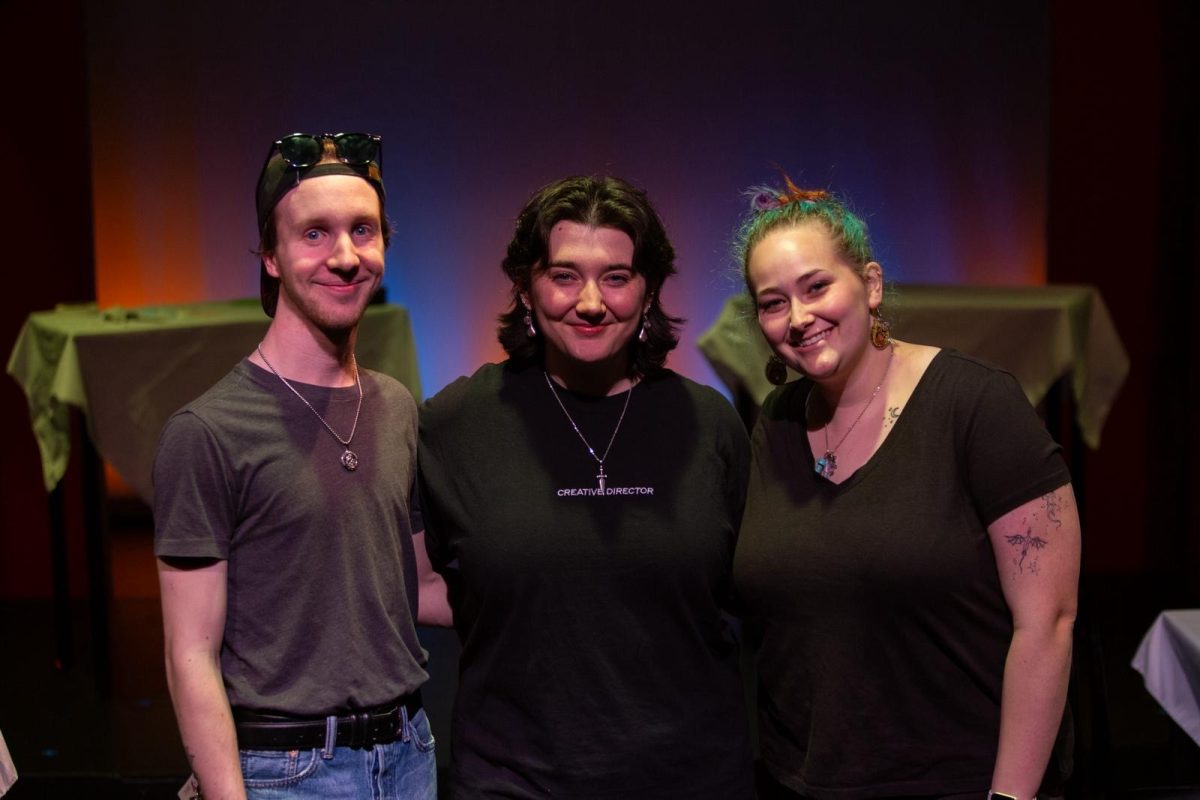





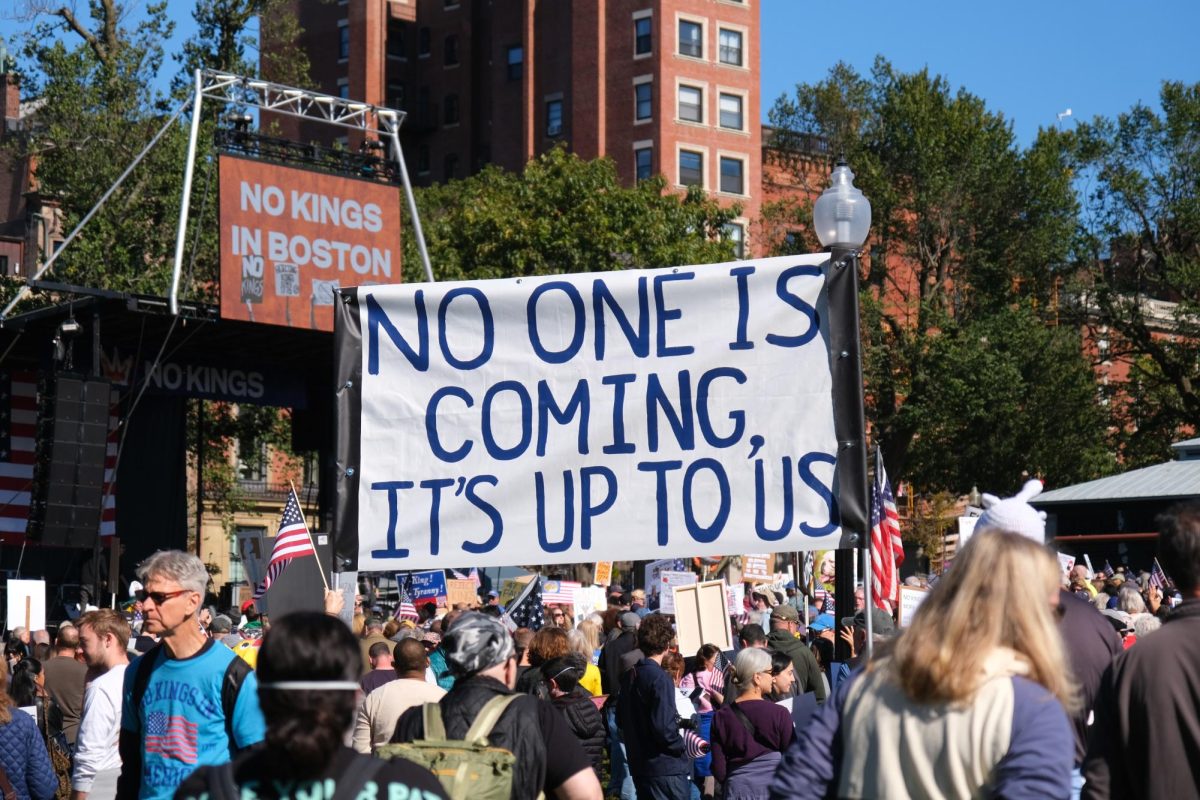


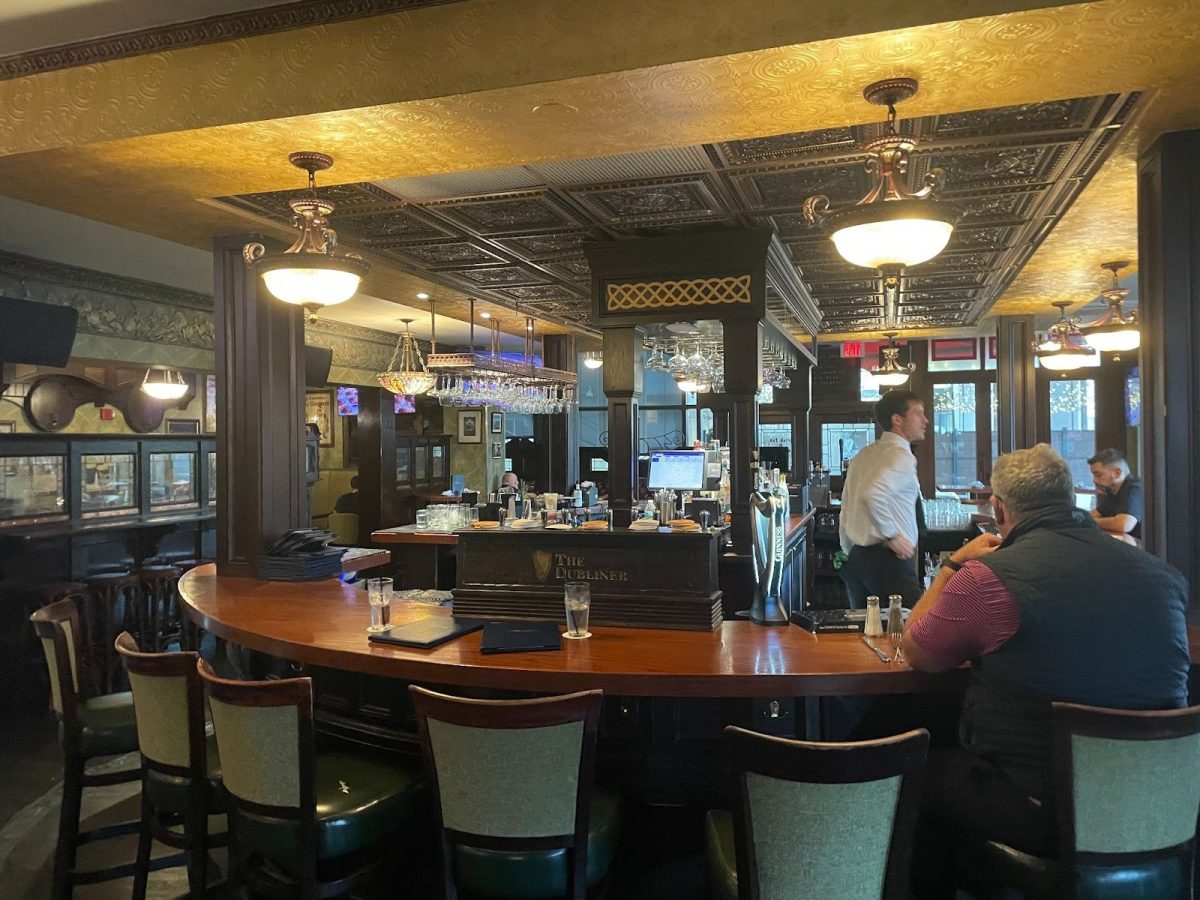


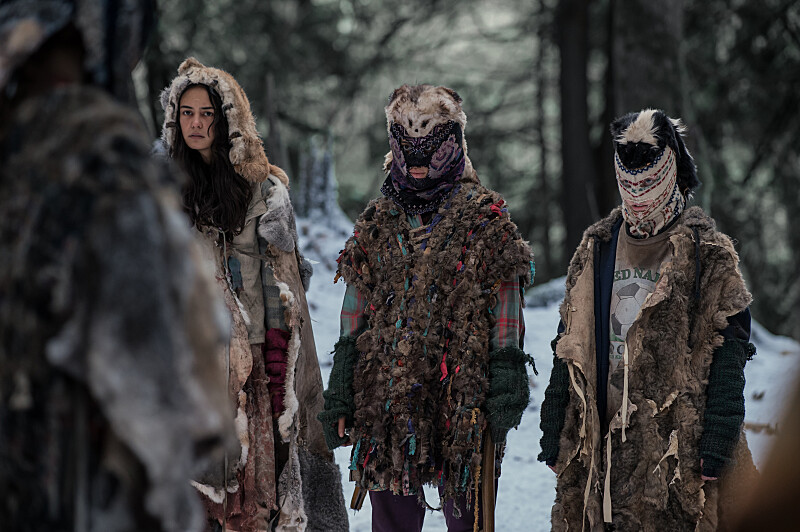
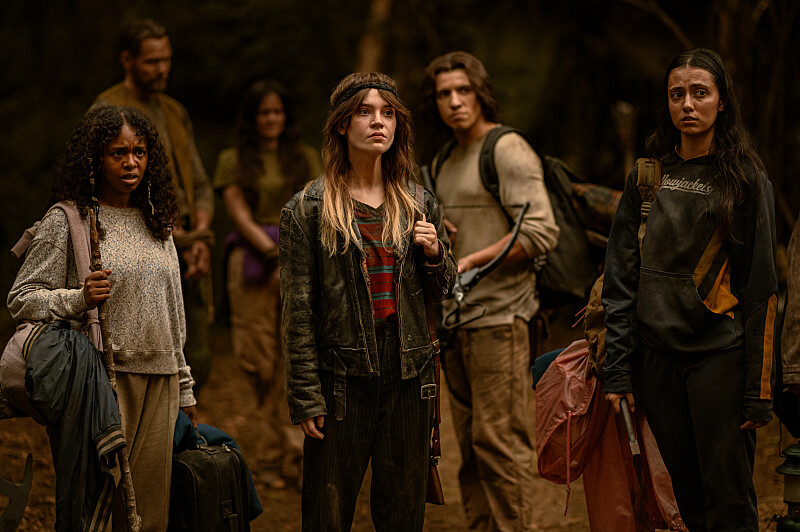



Willy • Jan 14, 2025 at 5:13 pm
Brooklyn this was such a powerful piece. I can’t wait to watch it!